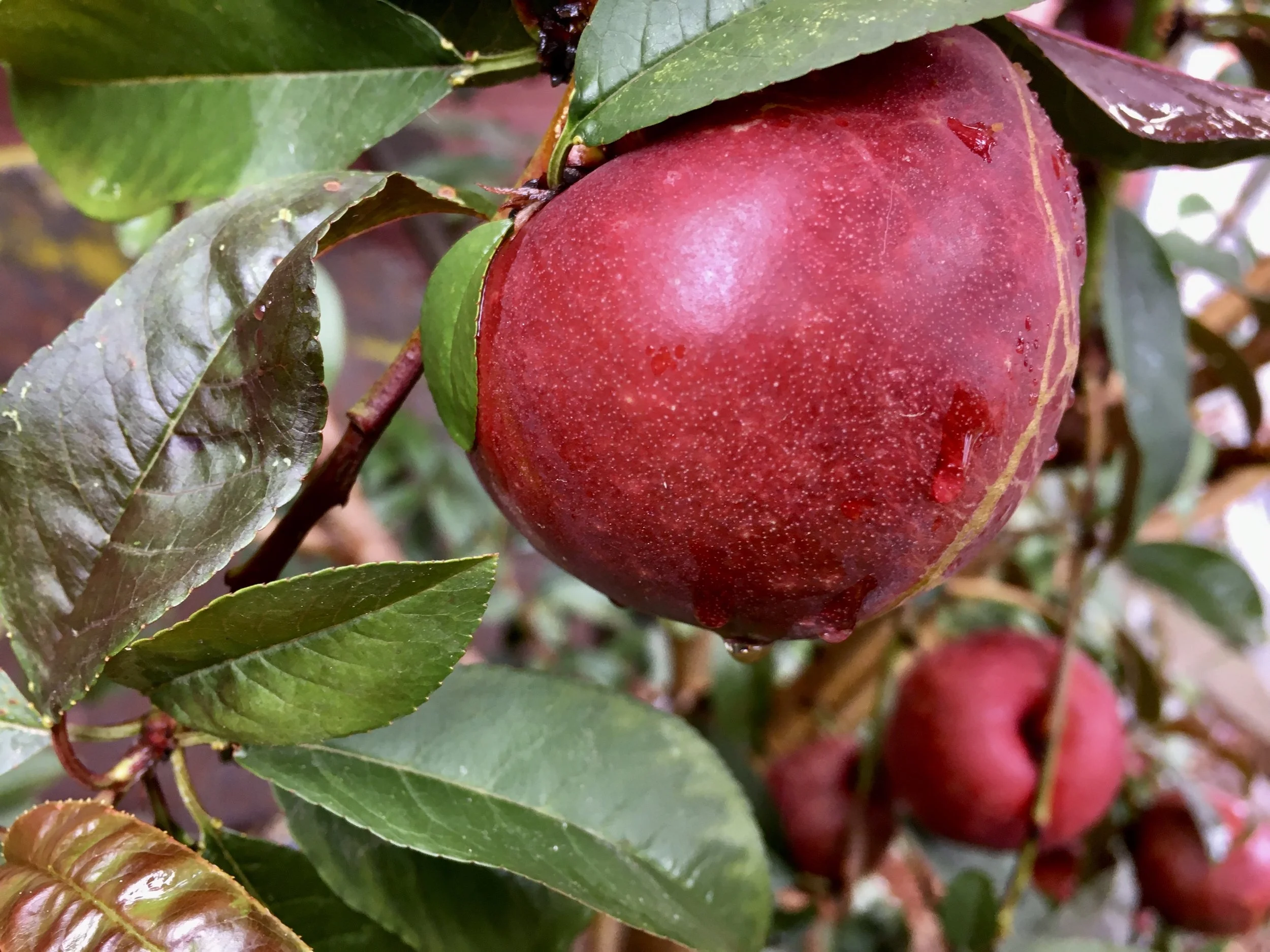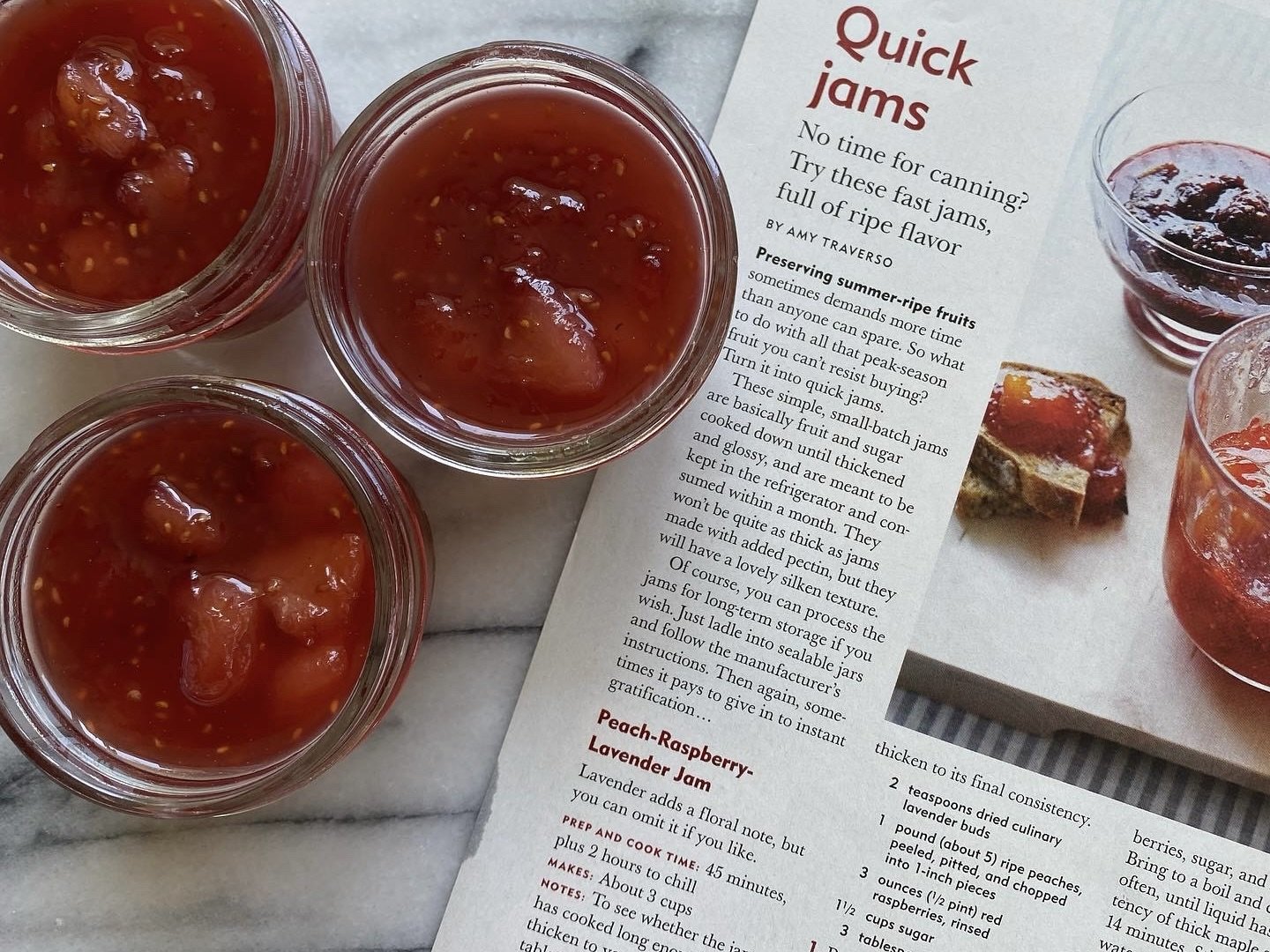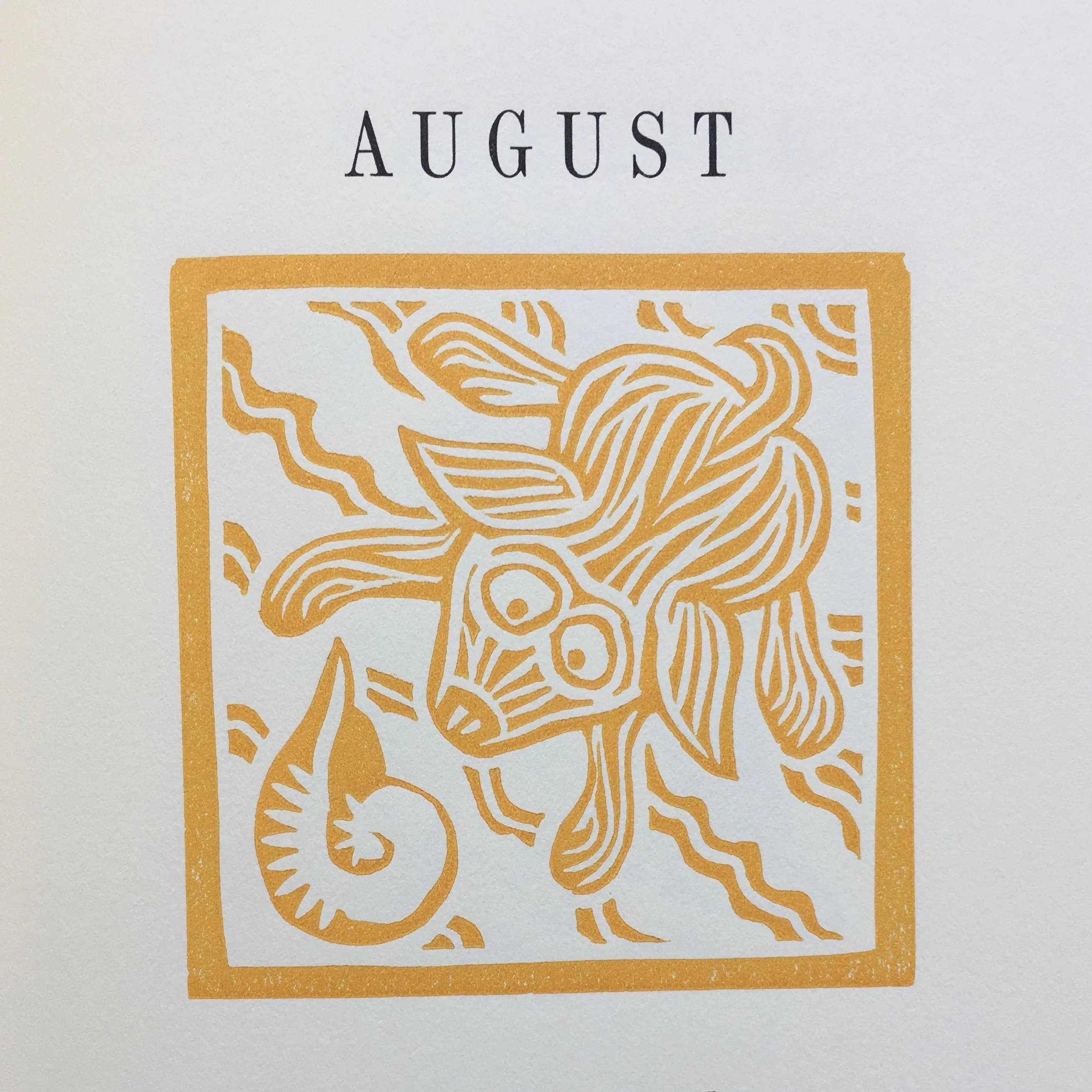In My San Diego Garden and Kitchen
It’s a wrap on nectaplum season, almost. There are still about ten pounds in the fridge. July 3 to July 30 yielded 115 pounds. That may be an underestimate since some of the fruit didn’t get weighed and recorded. A nectaplum almond cobbler just came out of the oven. A final neighborhood distribution of the best ones tomorrow will finish the crop.
Nectaplums are a hybrid cross of nectarine and plum and we think they most resemble a nectarine. They are freestone, white flesh and ever so juicy. I use recipes for peaches and nectarines with good success. Read more about Nectaplums in my previous post.
We have two trees planted as fruiting landscape trees. In the spring, pink blossoms remind us of the delights ahead. The early leaves are a gorgeous deep burgundy, fading more to green as the season progresses.. My husband just completed a post-harvest pruning which helps to control size. Some branches become very heavy with fruit, requiring support. We’ll thin the crop next year. If there’s a downside to nectaplums it might be that they go from ripe to rotten very quickly, adding urgency to the distribution and processing. They do hold well in the fridge, thankfully.
The bounty of this year’s harvest was unexpected. The first two seasons, the trees only produced about 35 pounds each year. Somewhere between 35 and 115 pounds would be about right.
Here’s how I’ve used the nectaplums this year.. With so much of the fruit, I’ve experimented with new ways to use and preserve them.
If asked for a favorite ways to eat nectaplums other than fresh or atop cereal, it would be nectaplum ice cream (from the Plum Ice Cream recipe in The Perfect Scoop) and Nectaplum Almond Cobbler. But then there’s Spiced Crostata, a riff on a Sunset pluot recipe which calls for a three-way tie. Oh, and here’s my description of nectaplum ice cream: “a delicate, fragrant pale pink cloud of sweetness and fruit.”
My nectaplum and peach recipe folder yielded this gem from Sunset, 2013. Nectaplums subbed well for peaches and I purchased frozen raspberries. Lavender from the garden added ethereal floral notes.
This season, with abundant fruit, I looked for new ways to preserve the nectaplums. We decided to try nectaplum sauce. My husband cut almost all the nectaplums. No sugar needed with such sweet fruit. We tried a pureed sauce option and eventually settled on puree with small chunks. We also brought out pureed apricots from the freezer and mixed with pureed nectarplum compote. Strawberry guava puree, also from the freezer, mixed with the pureed nectaplums was our favorite and made a rich, velvety sauce.
The small chest freezer is full at the end of apple, rhubarb, apricot and nectaplum seasons. Strawberry guavas arrive in September and a small second crop of apples in November. We hit the fruit pause in August.
‘Queen Lime Red’ zinnias are enchanting. The pollinators in the vegetable garden find them so as well.
Planting has slowed but you can see the updates in What I’m Planting Now. Then head over to see what other garden bloggers around the world harvested last week at Harvest Monday hosted by Dave at Happy Acres blog.
To leave a comment, click on “Leave a comment/Show comments,” enter the comment, then insert your name. Finally, click on “Comment as Guest” to post comment.















